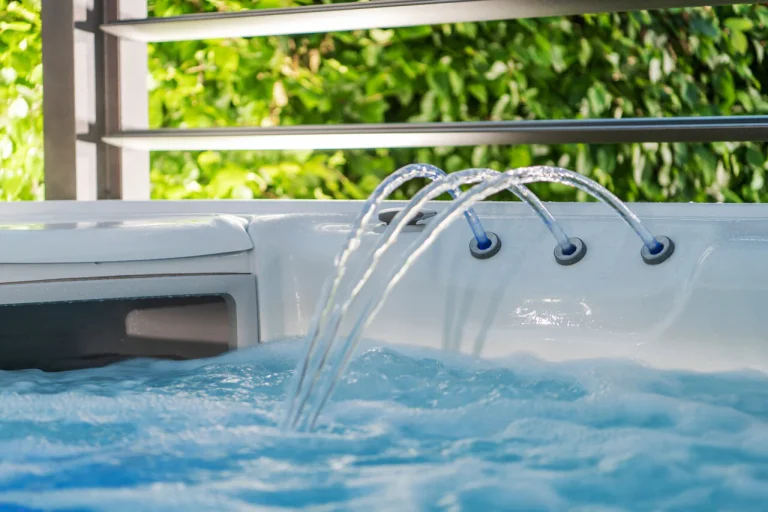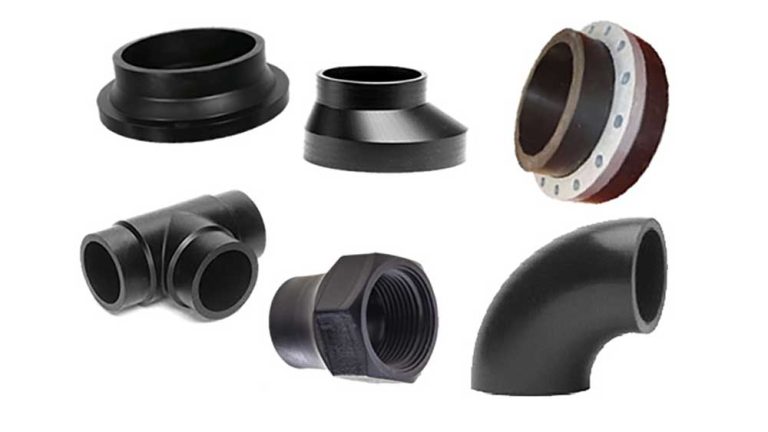Unforeseen Challenges: How Automobile Hail Damage Can Affect Your Vehicle and the Steps to Swift Recovery and Restoration
Introduction
Mother Nature can be unpredictable, and one of her most damaging manifestations is hailstorms. When hail pelts down, it can wreak havoc on vehicles, leaving behind a trail of dents, dings, and frustration for vehicle owners. Automobile hail damage is not only unsightly but can also affect the structural integrity and resale value of your vehicle. In this comprehensive guide, we’ll delve into the unforeseen challenges posed by automobile hail damage, how it can impact your vehicle, and the steps you can take for swift recovery and restoration.
Understanding Automobile Hail Damage
Automobile hail damage occurs when vehicles are exposed to hailstorms, resulting in impacts from hailstones that can dent, scratch, or chip the vehicle’s exterior surfaces. The severity of hail damage depends on various factors, including the size and density of the hailstones, the velocity of impact, and the duration of the hailstorm. Common types of automobile hail damage include:
Types of Hail Damage:
- Dents and Dings: Small to large depressions in the vehicle’s body panels caused by hailstone impacts.
- Paint Damage: Scratches, chips, or abrasions in the paint surface resulting from hailstone impacts or friction.
- Cracked Glass: Damage to the vehicle’s windows or windshield caused by hailstone impacts, leading to cracks or fractures.
- Structural Damage: More severe damage to the vehicle’s frame or structural components resulting from hailstone impacts.
Impact of Automobile Hail Damage
Automobile hail damage can have significant repercussions for vehicle owners, affecting both the appearance and functionality of their vehicles. Some of the key impacts of automobile hail damage include:
1. Aesthetic Damage:
Hailstorms can leave behind a trail of unsightly dents, dings, and scratches on a vehicle’s exterior surfaces, detracting from its appearance and aesthetic appeal.
2. Structural Compromise:
Severe hailstorms can cause structural damage to a vehicle’s frame, chassis, or structural components, compromising its safety and stability on the road.
3. Resale Value Decrease:
Automobile hail damage can significantly reduce the resale value of a vehicle, as potential buyers may be deterred by the visible signs of damage and potential repair costs.
4. Functional Impairment:
Hailstorms can also damage the vehicle’s windows, windshield, and other exterior components, affecting visibility, aerodynamics, and overall functionality.
5. Insurance Premium Increase:
Filing an insurance claim for automobile hail damage can lead to an increase in insurance premiums, as insurers may perceive the vehicle as a higher risk for future claims.
Steps to Swift Recovery and Restoration
While automobile hail damage can be daunting, swift action can help mitigate its impact and facilitate the recovery and restoration process. Here are the steps you can take for swift recovery and restoration:
1. Assess the Damage:
After a hailstorm, carefully inspect your vehicle for signs of damage, including dents, dings, scratches, and cracked glass. Take note of the location and severity of the damage to assess the extent of repairs needed.
2. Document the Damage:
Take photographs of the hail damage from multiple angles, capturing close-up shots of individual dents and dings. This documentation will serve as evidence for insurance claims and repair estimates.
3. Contact Your Insurance Provider:
Notify your insurance provider of the automobile hail damage and initiate the claims process. Provide them with detailed documentation of the damage, including photographs and written descriptions, to expedite the claim.
4. Seek Professional Assessment:
Schedule an appointment with a reputable auto body repair shop or hail damage repair specialist for a professional assessment of the damage. They will provide you with a detailed repair estimate and recommend the appropriate repair techniques.
5. Consider Paintless Dent Repair (PDR):
If the hail damage is minor and limited to shallow dents with intact paint surfaces, consider paintless dent repair (PDR) as a cost-effective and non-invasive repair option. PDR involves manipulating the metal back into its original shape without the need for repainting.
6. Schedule Repairs Promptly:
Once you’ve received repair estimates and recommendations, schedule the necessary repairs promptly to prevent further damage and restore your vehicle’s appearance and functionality.
7. Monitor Insurance Claim Process:
Stay in communication with your insurance provider throughout the claim process to ensure timely resolution and reimbursement for repair costs. Provide any additional documentation or information requested promptly to expedite the process.
8. Preventative Measures:
Consider preventative measures such as installing a hail protection cover or parking your vehicle in a covered or sheltered area during hailstorms to minimize the risk of future damage.
Conclusion
Automobile hail damage can pose unforeseen challenges for vehicle owners, affecting both the appearance and functionality of their vehicles. However, by understanding the impact of hail damage and taking swift action for recovery and restoration, vehicle owners can mitigate its effects and restore their vehicles to their former glory. Whether through insurance claims, professional repairs, or preventative measures, addressing automobile hail damage promptly is key to preserving your vehicle’s beauty and value for years to come.






